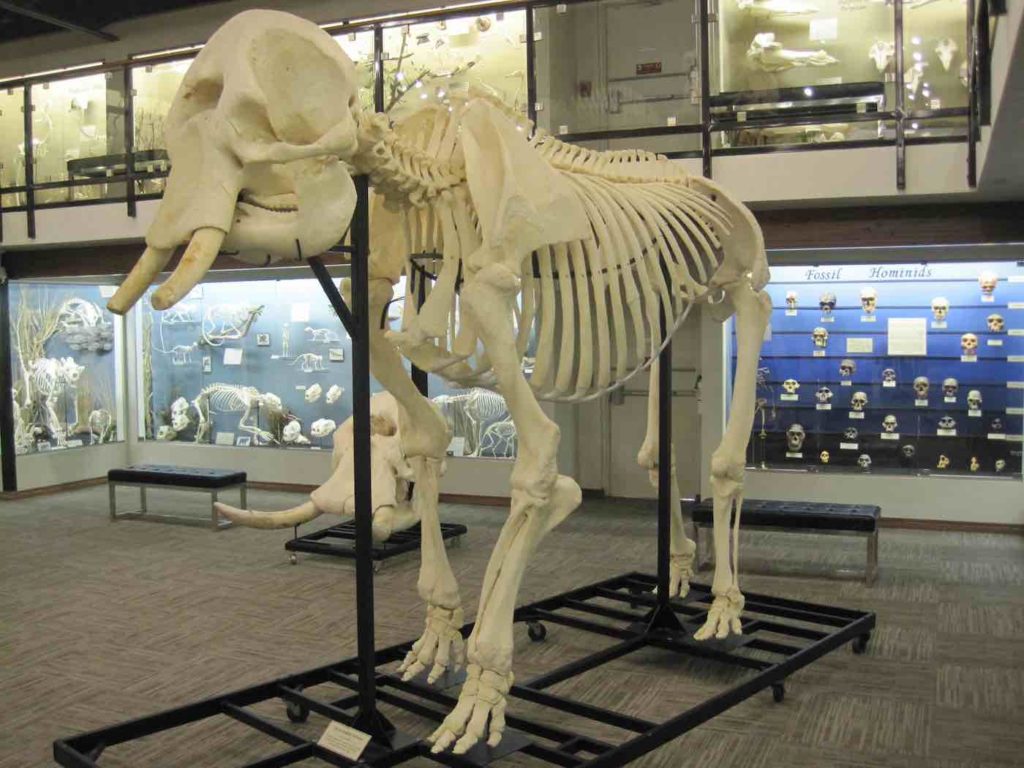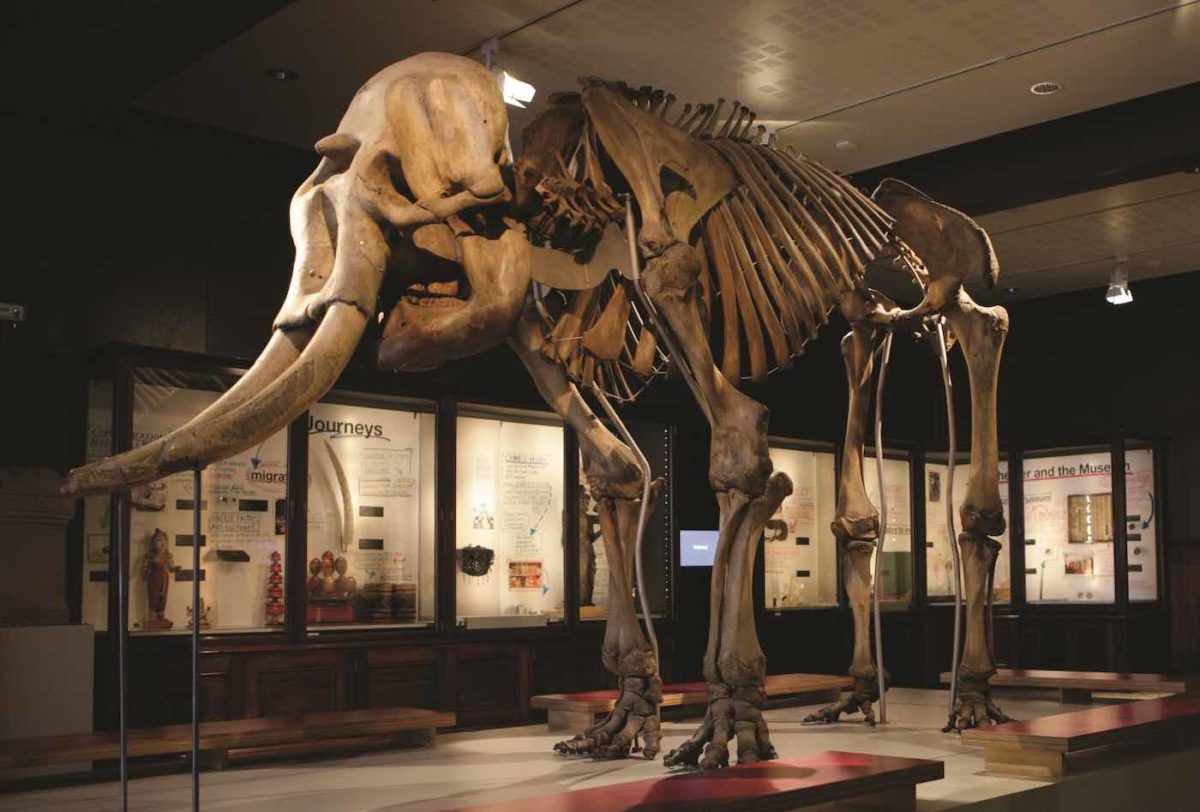An elephant is a mammal noted for its memory and its size. As the old saying goes, “an elephant never forgets”, which is probably why they are also known as the wise old beasts.
An adult elephant can weigh between 7,000 and 15,000 pounds (3,000 kgs-6,800 kgs, the females weigh less), making it one of the largest land animals on Earth.
It has been estimated that there may be over 500,000 elephants left in the world (primarily in national parks). Because of their size, many people think they have lots of bones. But exactly how many bones does an elephant have?
If you have ever seen an elephant up close, then you know they are one of the largest land animals in the world. But how much bigger are they than other animals?
If there is one thing that most people know about elephants it’s that they have a big memory. It’s because of this big memory that these creatures can make use of their natural surroundings to store excess amounts of food for future consumption.
In addition, elephants demonstrate a keen awareness of one another within a group, allowing them to monitor different members from a distance.
Finally, as if all these things weren’t enough, we also know that elephants are able to detect threats and challenges hidden from human sight and smell at great distances.
The Basic Anatomy Of An Elephant
As you might expect, elephants have very large and muscular bodies, they are thick-skinned. Different elephant species and their sizes varies.
Their hind legs are also quite thick and sturdy, able to support their massive weight. In terms of how they move, elephants are actually very agile for their size. They are able to walk swiftly and change directions quickly if necessary.
When it comes to the elephant’s trunk, they use it for a variety of purposes. Elephant trunks are made up of a nose and upper lip. Their trunks are prehensile, meaning that they are able to grasp and hold objects. Elephants use their trunk for drinking, eating, and bathing. The elephant trunk is also used to trumpet their calls of alarm or distress.
Recommended reading: Everything you need to know about the Elephant’s Trunk
How Many Bones Does An Elephant Have?
Now that we’ve looked at the basic anatomy of an elephant, let’s answer the question that you came here for: how many bones does an elephant have?
An adult elephant consists of more than 250 bones. An adult female Asian elephant was reported to have 282 bones by Shoshani et al. in their 1982 “On the Dissection of a Female Asian Elephant (Elephas maximus maxiums Linnaeus, 1758) and Data from Other Elephants“
This number includes the bones in their trunk, which is actually made up of 40,000 muscles.
Elephants also have two sets of upper and lower incisors, which are commonly referred to as tusks. These tusks are actually modified incisors that can grow up to 6-7 feet in length (2 metres) and weight about 50 pounds (20-25 kgs).
The Importance Of Bones
What do all these scientific facts have to do with bones? Well, bones are essential for the survival of all animals. We use them to support our bodies and keep us upright. Additionally, they are responsible for our strength and they store minerals, vitamins, and hormones.
Besides that, they help us to grow and develop. Even as adults, the bones continue to grow and change. This growth process is ossification. Osteoblasts are the cells that create new bone tissue while osteoclasts break down old bone tissue.
The Skeleton of an Elephant
Now that we know how many bones an elephant has and what they are used for, let’s see what their skeleton looks like. The elephant’s skeleton consists of the skull, vertebrae, ribs, pelvis, and fore and hind limbs.
The skull, including the mandible, represents about one-third of the whole skeleton. Then, vertebrae are the bones that make up the spinal cord. The ribs are attached to the spine at the back and to the sternum at the front.
The pelvis is a large bone that is below the lumbar vertebrae. It is attached to the sacrum and coccyx at the base. The forelimbs consist of two bones – the humerus and the radius and ulna. The hind limbs consist of the femur and the tibia and the fibula.
The three bones in the digits of the forefoot are the proximal, middle, and distal phalanges. The three bones in the digits of the hindfoot are the proximal, middle, and distal phalanges.

Other Interesting Facts About the Elephant’s Skeleton
- The elephant’s skeleton is about 60% cartilage.
- The bones of an elephant are hollow.
- The skull of an elephant is very thick and heavy.
- The vertebrae of an elephant are fused together.
- The ribs of an elephant are in a curve manner.
- The pelvis of an elephant is wide and bowl-shaped.
- The femur of an elephant is the largest bone in its body.
- The tibia and fibula of an elephant are fused together.
- The digits of an elephant’s feet are round and have no nails.
Digestive System Of The Elephants
The first part of the elephant’s digestive system is the mouth. Their mouths consist of sharp teeth which they use for grinding food.
Elephants have molars in the back of their mouth that are used to grind food.
Secondly, the next part of the elephant’s digestive system is the esophagus. The esophagus is a long tube that connects the mouth to the stomach.
The third part of the elephant’s digestive system in the stomach. The stomach is a large sac that stores food and breaks it down with stomach acids.
The fourth part of the elephant’s digestive system is the small intestine. The small intestine is a long tube that absorbs nutrients from food.
Then, the fifth part of the elephant’s digestive system is the large intestine. The large intestine is a long tube that absorbs water from food and stores waste products.
The final part of the elephant’s digestive system is the rectum. The rectum is a short tube that stores waste products until they are ready to be eliminated.
In Summary
We can say that an elephant has a very sturdy and strong skeleton. This is due to the fact that their bones are hollow and they have a lot of cartilage. In a study from 1982 by Shoshani et al., it was found that a female Asian elephant had 282 bones.
What’s even more fascinating is that the trunk is made up of over 40,000 muscles.
Additionally, their vertebrae are fused together, which makes them even stronger. Thanks to their strong skeleton, elephants can weigh up to six tons!
Frequently Asked Questions about Elephants Bones
An adult elephant consists of more than 250 bones. In a 1982 study by Shosani et al., it was found that a female Asian Elephant had 282 bones.
The femur (thigh bone) is the largest bone in an Elephant’s body. It can weigh up to 47 lbs (21.5 kg) and be 110-120 cms long for an adult elephant.
There are no bones in the trunk of an Elephant. It’s made up of 40,000 muscles!
About 60% of an Elephant’s skeleton is cartilage.
